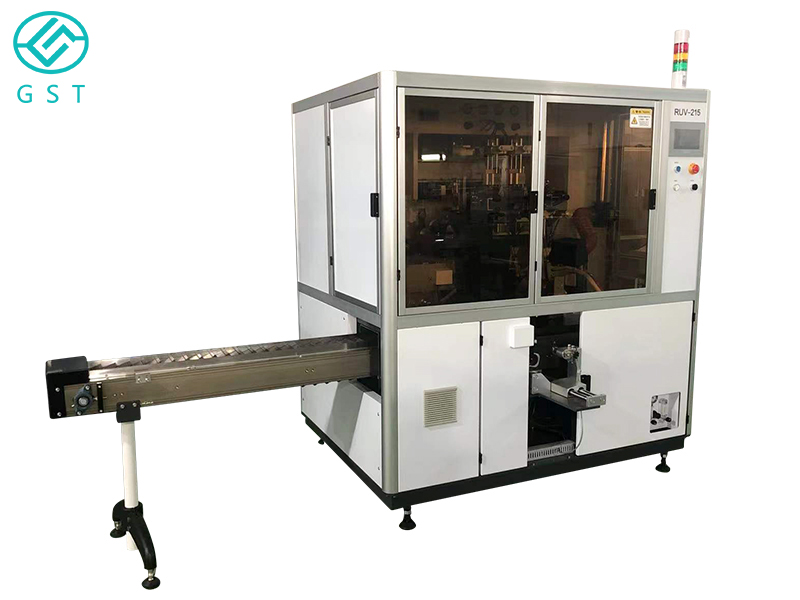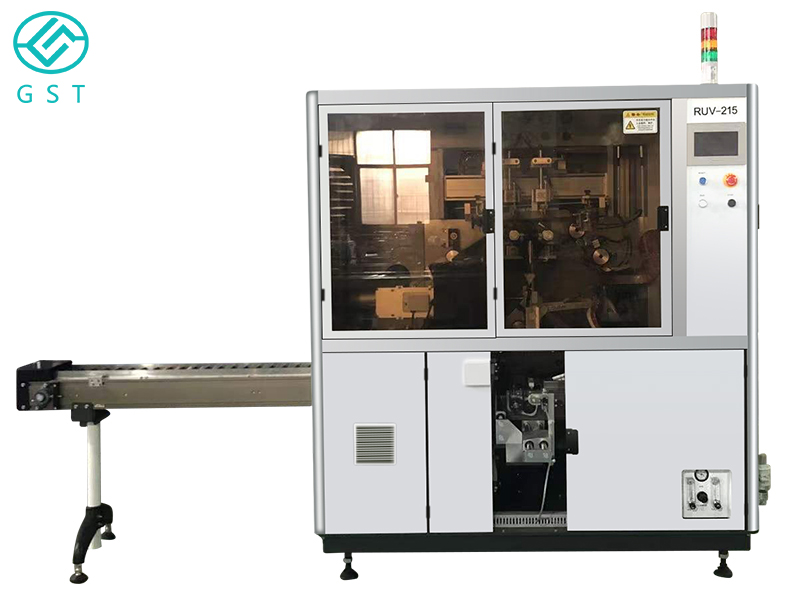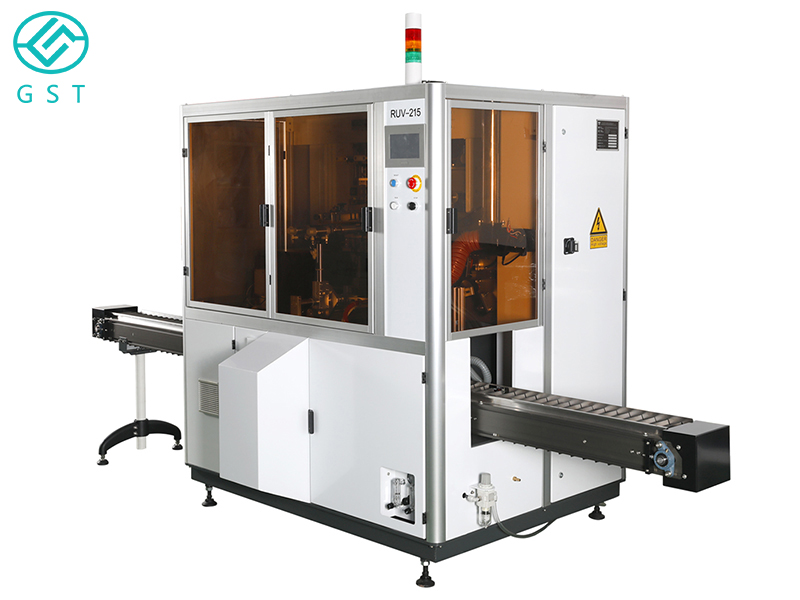Release Date:2022-10-07 10:49:41 Popularity:
In the automatic screen printing machine often appear in the screen template pop away from the substrate, the screen pattern part of the ink will also follow the screen to form a fluffy "spider" from the substrate is pulled up, floating situation. And when the screen continues to lift, this "spider" with the wind drift before and after the spill on the substrate, so that the substrate surface scuffing dirty, the edge of the pattern is not sharp, which is a fully automatic screen printing machine electrostatic phenomenon.

Those static electricity in the end is what is going on?
From the atomic point of view: where neutral materials, such as plastic, paper and other insulators that each atom in the positively charged nucleus and the surrounding negatively charged electron cloud neutralization, when the material is separated by friction contact, the electrons in the insulating material will be free to the surface of the material. For example, as learned in secondary school physics, rubbing a glass rod with silk creates static electricity on the rod that picks up the shredded paper. The surface of the material with reduced electrons is positively charged, while the surface of the material with excess electrons is negatively charged. If the material with reduced electrons is supplemented by negative charges and the material with increased electrons is supplemented by positive charges, then the positive and negative charges of the two materials are in balance and the two materials are neutral.
In optical disc printing, the so-called silk-screen printing is a process of transferring the ink to the substrate by moving the screen and squeegee relative to each other under a certain scraping pressure. The screen (screen) and squeegee (polyurethane rubber scraper) are insulators, in screen printing they are in position to do relative scraping and mutual friction, especially in low humidity will produce static electricity to the substrate surface charge distribution state. Especially insulating materials, such as CD-ROM with the PC substrate, touch open light on the PET sheet, as well as the name, signage using PVC, plastic bottles of PP, PE, etc. They basically belong to the insulator, in the screen printing operation once not pay attention to static electricity will be generated.

For example, when screen printing film switch decorative ink, because the PET sheet base in the production, the surface paste a layer of PVC and other self-adhesive film on its surface protection, so that it is cut in, packaging not to scratch, etc.. However, after the material screen printing must be uncovered before the protective film, often some operators in the tear off this protective film when the film is uncovered very fast, who do not know that in this fast uncovering a moment, the protective film and PET sheet fast separation process, especially in the low humidity PET sheet surface electrostatic, the result in the screen printing on the edge of the word ink has flying hair, and in the transparent PET sheet on the sink on the lint-like pattern type of ink filament This has caused great confusion to the screen printing workshop of the membrane switch unit.
Production difficulties caused by static electricity etc. in screen printing for the body, in the screen printing performance are.
1. screen printing after the start of the network, the ink on the print with the screen together with a plush pull up, the workpiece removed after the "flying hair" like the phenomenon of ink filaments before disconnected
2. set of printing, before a colour and after a colour ink word edge and the edge of the pattern repel each other, can not be a good match, so that the ink between the two colours can not print ink
3. in screen printing, the workpiece sticks to the screen, especially in the squeegee to move the end of the screen position
4. the printing material is stuck together and cannot be separated

5. during the squeegee printing process, the ink on the screen plate is difficult to lay flat, clumped together
6. The substrate absorbs dust, and after screen printing the ink produces defects, pockmarks, rough surface and not smooth.